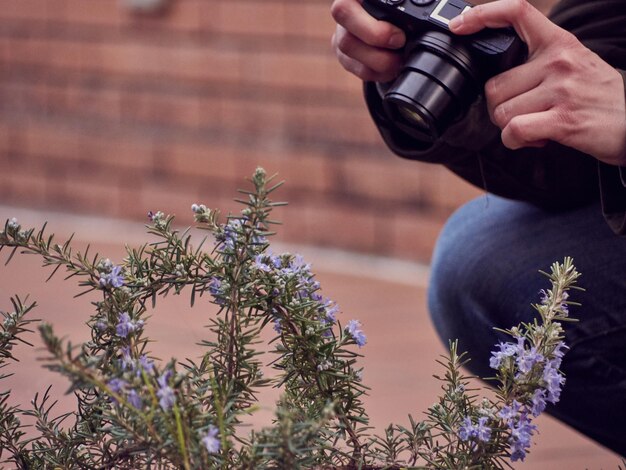Photography is more than just a hobby; it is an art form that allows us to freeze moments in time, creating memories that can be cherished forever. Whether you’re capturing a breathtaking sunset, a candid moment with friends, or the subtle details of a rainy day, photography offers a way to express emotions, tell stories, and explore the world around you. If you’re just starting out, here’s a beginner’s guide to help you master the basics and unlock your creative potential.
Understanding Your Camera
Before diving into the world of photography, it’s essential to familiarize yourself with your camera. Whether you’re using a smartphone or a DSLR, understanding how your camera functions is the first step to improving your shots. Start by learning about the three essential components that control exposure: aperture, shutter speed, and ISO. These settings influence how your image looks, from how much light is captured to how motion is portrayed.
- Aperture: Controls the amount of light that enters the camera and the depth of field (how much of the image is in focus). A wider aperture (low f-number) results in a blurred background, while a narrow aperture (high f-number) keeps more of the scene in focus.
- Shutter Speed: Determines how long the camera’s sensor is exposed to light. A faster shutter speed (e.g., 1/500) freezes motion, while a slower shutter speed (e.g., 1/30) can create motion blur.
- ISO: Adjusts the camera’s sensitivity to light. A higher ISO allows you to shoot in lower light but may introduce graininess.
Composition Tips
Good composition is key to creating visually appealing photos. Here are a few tips:
- The Rule of Thirds: Imagine your frame is divided into nine equal parts using two horizontal and two vertical lines. Place the key elements of your image along these lines or at their intersections for a balanced composition.
- Leading Lines: Use natural lines, such as roads, rivers, or buildings, to guide the viewer’s eye toward the subject.
- Framing: Use elements like windows, doorways, or trees to frame your subject, adding depth and context to the photo.
Lighting Matters
Lighting is one of the most important aspects of photography. Natural light, especially during the golden hour (shortly after sunrise or before sunset), creates a soft, flattering glow. Avoid harsh midday sunlight, as it can cast unflattering shadows. If you’re shooting indoors, try using diffused light or investing in a basic light kit for even illumination.
Experiment and Practice
The best way to improve your photography skills is through practice. Experiment with different angles, lighting conditions, and camera settings. Don’t be afraid to make mistakes; each shot teaches you something new.
Editing Your Photos
Post-processing is an essential part of modern photography. Even simple edits can enhance the mood, color balance, and sharpness of your images. Start with basic adjustments like cropping, exposure, and contrast, and gradually explore more advanced techniques like color grading or retouching.
Frequently Asked Questions (FAQs)
- What is the best camera for beginners? A mirrorless or DSLR camera with manual mode is ideal for beginners, as it gives you control over settings. Popular choices include the Canon EOS Rebel series or Sony Alpha series.
- Do I need to buy expensive lenses? Expensive lenses aren’t necessary at first. Start with a kit lens and gradually invest in lenses as you gain more experience.
- What is the golden hour? The golden hour refers to the period shortly after sunrise or before sunset when the light is soft and warm, perfect for photography.
- How do I avoid blurry photos? Use a faster shutter speed, ensure your camera is steady (consider using a tripod), or increase your ISO in low-light conditions.
- Should I shoot in RAW or JPEG? RAW offers more flexibility in editing because it preserves all the data from the sensor, while JPEG is a compressed format suitable for everyday use.
- What is depth of field? Depth of field refers to how much of the image is in focus. A shallow depth of field has a blurred background, while a deep depth of field keeps more of the scene sharp.
- How can I improve my composition? Use techniques like the rule of thirds, leading lines, and framing to improve the balance and visual appeal of your photos.
Conclusion
Photography is an exciting and rewarding journey that allows you to capture the world through your unique perspective. By mastering the basics of exposure, composition, and lighting, you can create photos that tell compelling stories and evoke emotions. Remember, practice makes perfect, so experiment, learn from your mistakes, and enjoy the creative process.

